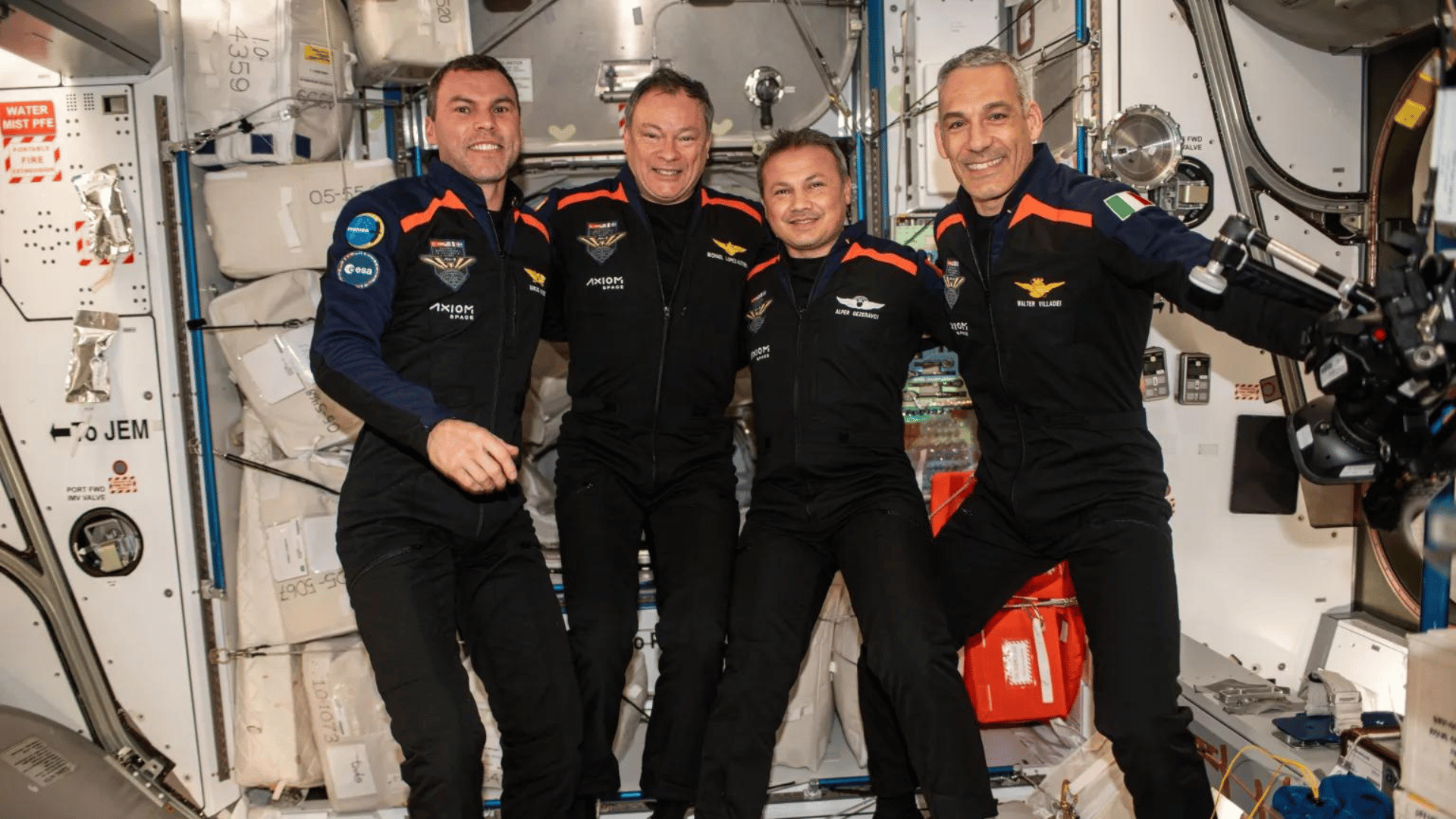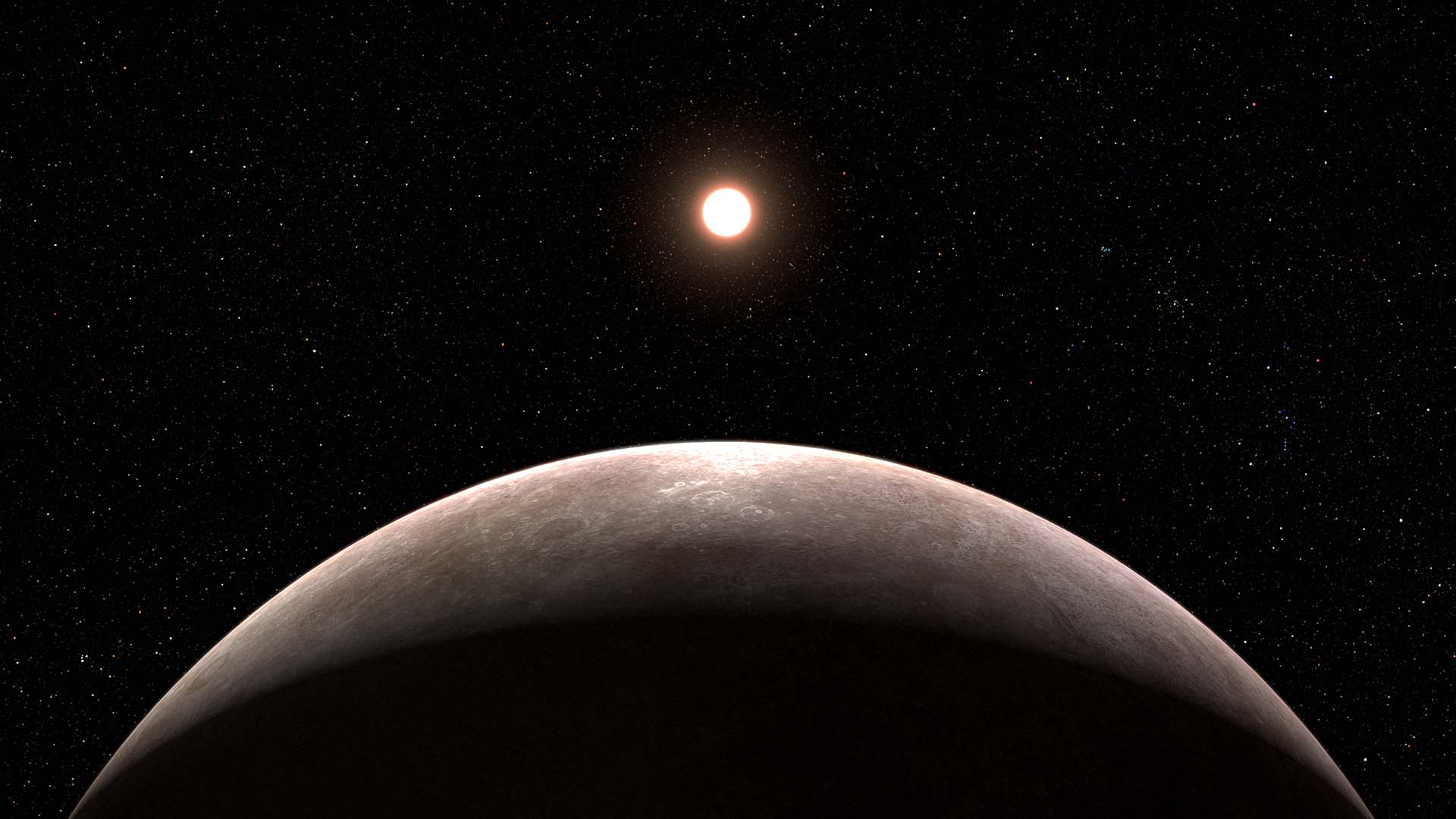The third private astronaut mission to the International Space Station just completed its journey as part of NASA’s efforts to create commercial space opportunities.

Axiom Mission 3 (Ax-3) and its four crew members safely returned to Earth Friday, landing on the coast of Daytona, Florida. The Axiom Space astronauts, Michael López-Alegría, Walter Villadei, Marcus Wandt, and Alper Gezeravci, returned to Earth aboard a SpaceX Dragon spacecraft at 8:30 a.m. EST.
The near 22-day mission included 18 days aboard the space station. Teams aboard SpaceX recovery vessels retrieved the spacecraft and astronauts.
“Low Earth orbit is now within humanity’s economic sphere of influence. It presents the best opportunities for the U.S. commercial space sector to capture new global and domestic markets and to provide critical capabilities to the nation’s space objectives,” said Phil McAlister, director of NASA’s commercial space division at NASA Headquarters in Washington. “This ground-breaking Ax-3 mission is part of a larger effort, enabled by NASA, to open space to more people, more research, and more opportunities as the agency prepares for the transition to future private space stations at the end of this decade.”
The Ax-3 mission launched from NASA’s Kennedy Space Center in Florida on January 18th at 4:49 p.m. on a Falcon 9 rocket. Dragon docked to the Harmony module’s forward port approximately 37 hours later.
Explore Tomorrow's World from your inbox
Get the latest innovations shaping tomorrow’s world delivered to your inbox!
I understand that by providing my email address, I agree to receive emails from Tomorrow's World Today. I understand that I may opt out of receiving such communications at any time.
The team spent over two weeks conducting educational outreach, microgravity research, and commercial activities. Throughout their mission, the astronauts conducted over 30 experiments and returned NASA cargo to Earth.
The craft returned to Florida for processing and inspection at SpaceX’s refurbishing facility at Cape Canaveral Space Force Station. There, teams will examine the spacecraft’s data and flight performance.
Providing support to private astronaut missions is part of NASA’s strategy to create a commercial economy in orbit, where the agency hopes to be one of many consumers. Efforts such as the Ax-3 mission could enable more people and organizations to fly multiple missive objects, opening low Earth orbit and the International Space Station to more scientific and commercial opportunities.







